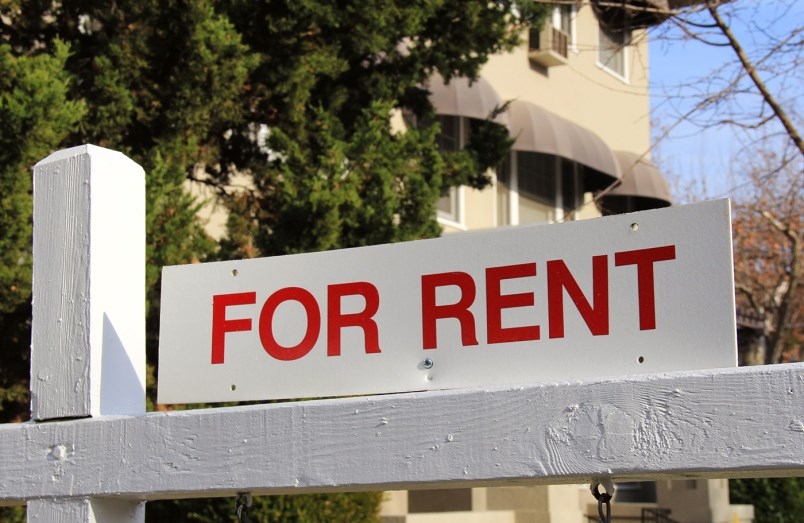Stronger rules to protect existing rental housing; inclusionary zoning; better incentives to encourage the construction of new rental and affordable housing; minimum thresholds for the number family-friendly units to be included in new developments and policies to discourage hostile architecture.
Those are some of the recommendations of Port Moody’s affordable housing task force it says will help make the city more welcoming to families and people with lower incomes.
The task force, which was first formed in 2017 and then reinvigorated last July, is scheduled to present its final report to council tonight.
In April it issued an interim report from which several recommendations were adopted by council, including updating Port Moody’s laneway housing bylaws to make that housing option more attractive, the establishment of a renoviction bylaw and updating the terms of reference for the city’s affordable housing reserve fund so it could also be used to help renters in need of financial assistance.
In its final report, the task force said ensuring everyone in the community has access to stable, affordable and safe housing saves money in the long run as people don’t require as much access to social and medical supports. It said Port Moody can learn and adapt from initiatives in neighbouring communities, like Burnaby and New Westminster, that are wrestling with the same issues.
One of those is the establishment of minimum maintenance standards for rental suites which is currently being reviewed in Burnaby.
The task force also favours a tiered approach to inclusionary zoning, similar to New West, that scales the requirement for affordable units in new projects with more than 80 units according to a developer’s adherence to the official community plan (OCP) or their location relative to transit. A project that’s within OCP guidelines would require 12.5% of its units be affordable or 6% to be offered at shelter rates, while those seeking an amendment to the OCP, exceed an area’s density threshold or are located in a transit-oriented development area would need to provide a minimum of 20% affordable units.
The report said Port Moody could also be more ambitious in its policies to relax the requirement for the number of parking stalls in new multi-family projects that can be negotiated with developers in exchange for rental units.
As well, building permit fees could be reduced by 50% for new, long-term secured rental housing, and rezoning and development permit fees waived altogether for projects being built by non-profit housing providers. But such incentives could only be provided once the city has rebuilt its affordable housing reserve, said the report.
Finally, Port Moody should develop policy to set minimum thresholds for two- and three-bedroom units in new multi-family residential projects as well as implement design standards bylaws and policies that would prohibit architectural features like spikes, grating, divisions in seating areas or intrusive ridges that discourage people from resting or sleeping in public or semi-public places.
“Hostile architecture does not just affect homeless people,” the report said. “Uncomfortable benches and chairs are challenging to use or inaccessible to people with disabilities, the elderly and children.”
The end result of these recommendations, concluded the task force, will “ensure Port Moody has a robust affordable housing plan” that “promotes an inclusive and healthy community.”



